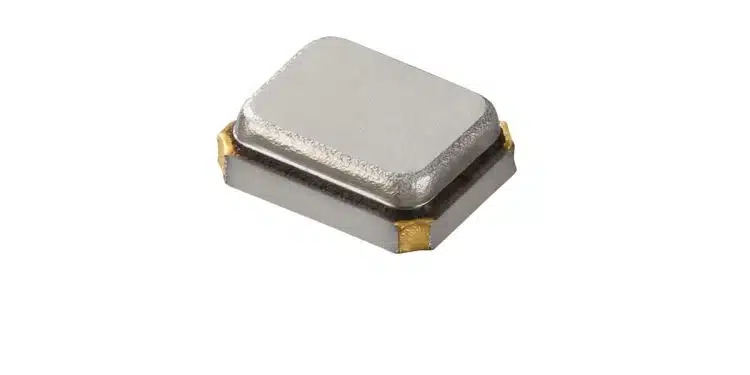Murata Manufacturing Co., Ltd. commercialized the 150°C compatible “XRCGA_F_A” series automotive crystal unit in 2016 size.
Mass production has already begun.
In the harsh environment of areas around the vehicle engine room, parts that are capable of operating stably in high temperature environments of over 125°C are required. In order to withstand high temperatures, the parts must have a high resistance to cracking that occurs during soldering.
In response to this, Murata aimed to further optimize designs and processes, developing this product that is capable of operation in 150°C environments with a high resistance to cracking that occurs during soldering by choosing to apply two-terminal electrodes instead of conventional four-terminal electrodes.
Additionally, using Murata’s original packaging technology, while being highly reliable and having a low failure rate (particle-less), the product has been designed in a lead-free compact 2016 size.
We will continue to contribute to realizing safe and reliable vehicles by broadening the application range of highly reliable and high performance crystal units.
Features
- Operation temperature compensation of 150°C
- Highly reliable with a low failure rate (particle-less)
- Achieved a high soldering crack resistance by using two-terminal electrodes
- Achieved a lead-free RoHS compatible product
| Oscillation frequency | 20MHz |
|---|---|
| Frequency deviation (25°C) | ±40ppm |
| Frequency temperature characteristic | ±140ppm (-40 to 150°C) |
| Frequency aging | ±10ppm/15 years |































